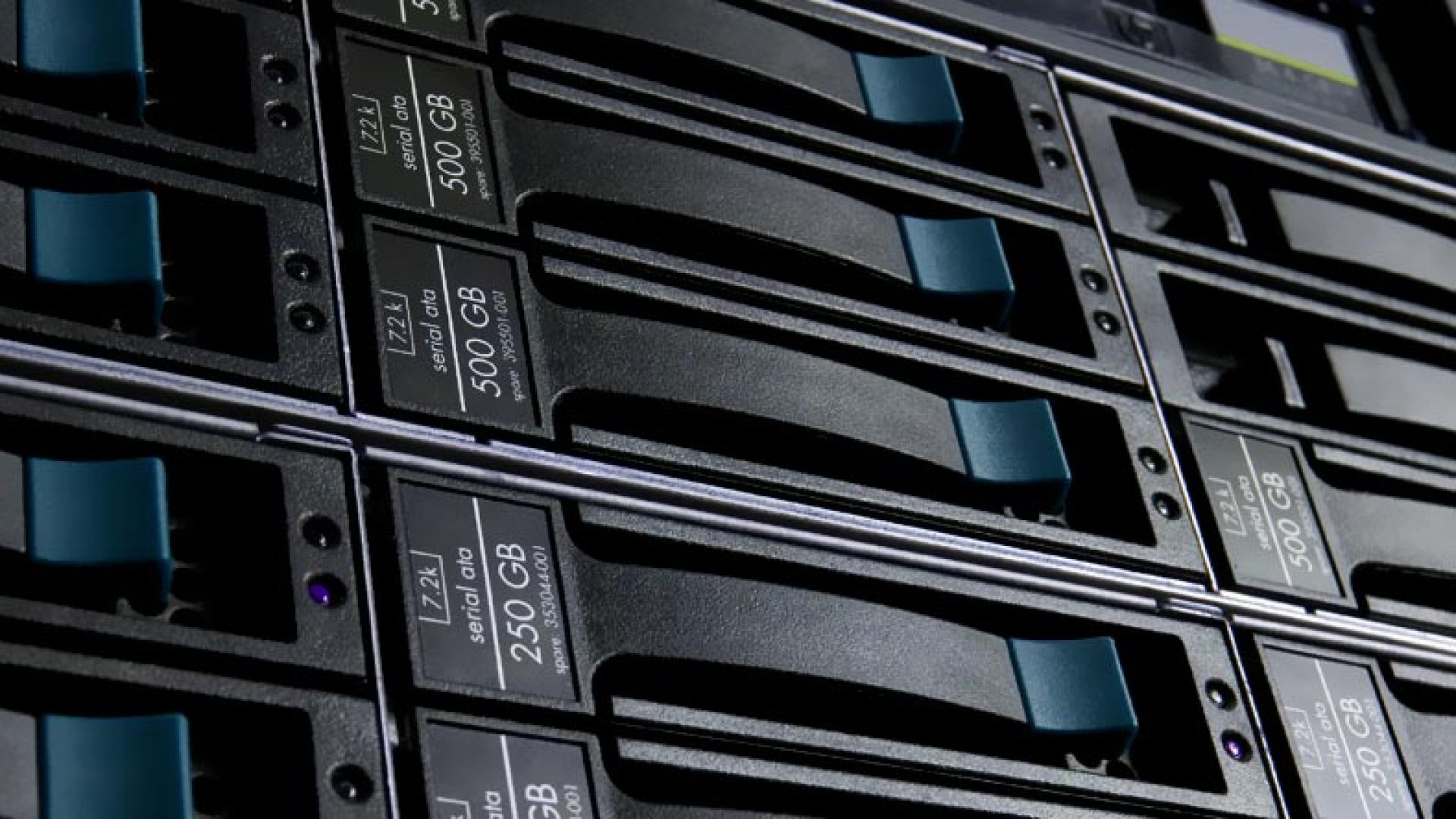So as we have seen in the post Class-full IP addresses, IP addresses are usually put into Class A,B or C. We have also seen that in 1990 CIDR was invented which allowed us to use Classless addresses for routing, and also saving of address spaces.
So what is class-less then?
If we have a look at the IP address 10.1.2.3/8 I can see that the Network is a Class A, and the network is called ’10’, the host is called ‘1.2.3’, but what if I wrote the IP address down as 10.1.2.3/16? Is that the same address?
Well according to the first octet, it is a Class A address, but based on the CIDR value, it looks like Class B, so which is it A or B?
The answer: Neither, this becomes a classless address, the most important value now is the CIDR value (Subnet Mask), and we no longer worry about the fact that the first octet is indicating a class A address. According to the CIDR the first 2 octets are for the network, and the last 2 are for the host, this means that the network is now ‘10.1’ and the host is now ‘2.3’ very different from the first example, even though the numbers are the same.
As another example, if I wrote the IP address 10.1.2.3/24 I can see that the network is now ‘10.1.2’ and the host is now ‘3’. We have now created 3 different networks using the same numbers in the IP addressing just by changing the Subnet mask value.
It doesn’t stop there, we don’t have to just use the /8 /16 and /24 prefix values, we can use anything from /8 through to /31. This allows us to use the same numbers in the IP address a total of 24 times while having different network and host portions. This is also known as Subnetting / Supernetting.

